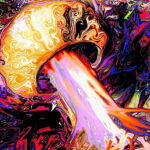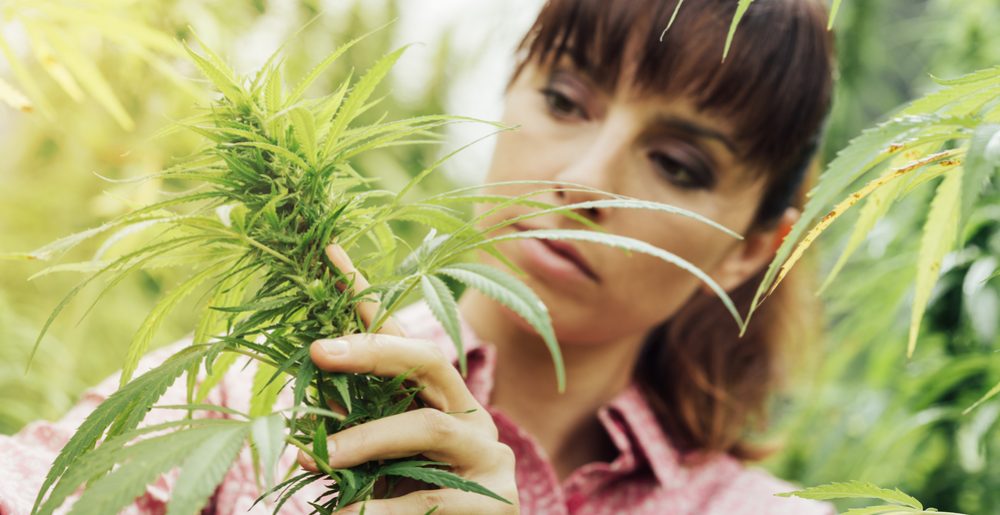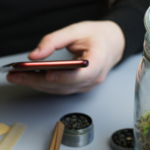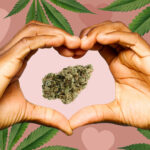Psilocybin microdosing for ADHD
now browsing by tag
Posted by: Steven Foster | on December 6, 2023
FROM ANCIENT RITUALS TO MODERN WELLNESS: THE EVOLUTION OF MAGIC MUSHROOM CONSUMPTION

Magic mushrooms, known scientifically as Psilocybe species, have been integral to human culture for millennia. From sacred rituals to modern wellness and therapy Psilocybin microdosing for ADHD, their consumption has evolved, reflecting society’s changing needs and curiosities. This article delves into the journey of these mystical fungi, tracing their historical roots and examining their place in today’s wellness landscape.
The Early Beginnings: Indigenous Cultures and Rituals
For thousands of years, indigenous communities, particularly in Central and South America, have incorporated magic mushrooms into their spiritual and healing rituals. These early uses were deeply rooted in religious beliefs, with the mushrooms seen as a means to communicate with deities, ancestors, or the spirit world.
The Discovery by the Western World
It was in the 20th century that magic mushrooms piqued the interest of the Western world. In the 1950s, mycologist R. Gordon Wasson documented the mushroom rituals of the Mazatec people in Mexico, bringing global attention to these enigmatic fungi and their potent effects.
The Psychedelic Revolution of the 1960s
The 1960s saw a surge in the recreational use of psychedelics, including magic mushrooms. Influenced by countercultural movements, many sought the mushrooms for their mind-expanding and consciousness-altering properties. This era also witnessed initial research into the therapeutic potential of psychedelics.
Legal Restrictions and Stigma
By the 1970s, concerns over the misuse of psychedelics led to strict regulations. Magic mushrooms were classified as Schedule I drugs in many countries, indicating a high potential for abuse and no accepted medical use. This classification hampered research efforts and associated the mushrooms with negative stigmas.
The Resurgence: Psychedelics in Modern Therapy
The 21st century has witnessed a renaissance in psychedelic research. Preliminary studies suggest that psilocybin, the active compound in magic mushrooms, holds promise for treating a range of mental health disorders, including depression, anxiety, and PTSD. This has led to a renewed interest in understanding the full spectrum of their benefits.
Today’s Wellness Movement
Beyond clinical settings, magic mushrooms have found their place in the modern wellness movement. Microdosing, or taking small, sub-perceptual amounts of the substance, is lauded by some for its potential cognitive and emotional benefits, from enhanced creativity to improved mood regulation.
From their sacred origins to modern-day therapy and wellness applications, magic mushrooms have traversed a complex and multifaceted journey. As research continues to shed light on their potential benefits and applications, it’s clear that these ancient fungi will continue to play a significant role in the evolving narrative of human wellness and exploration.
References:
- Guzmán, G. (2008). Hallucinogenic mushrooms in Mexico: An overview.
- Wasson, R. G. (1957). We are seeking the magic mushroom.
- Leary, T., & Alpert, R. (1962). The psychedelic experience: A manual based on the Tibetan Book of the Dead.
- Griffiths, R. R., et al. (2006). Psilocybin can occasion mystical experiences with substantial and sustained personal meaning and spiritual significance.
- Carhart-Harris, R. L., et al. (2016). Psilocybin with psychological support for treatment-resistant depression: An open-label feasibility study.
- Fadiman, J. (2011). The Psychedelic Explorer’s Guide: Safe, Therapeutic, and Sacred Journeys.
- Pollan, M. (2018). How to Change Your Mind: What the New Science of Psychedelics Teaches Us About Consciousness, Dying, Addiction, Depression, and Transcendence.
Posted in Mushroom | Comments Off on FROM ANCIENT RITUALS TO MODERN WELLNESS: THE EVOLUTION OF MAGIC MUSHROOM CONSUMPTION
Tags: Mushroom Chocolate Bar Canada, Psilocybin microdosing for ADHD






 D5 Creation
D5 Creation